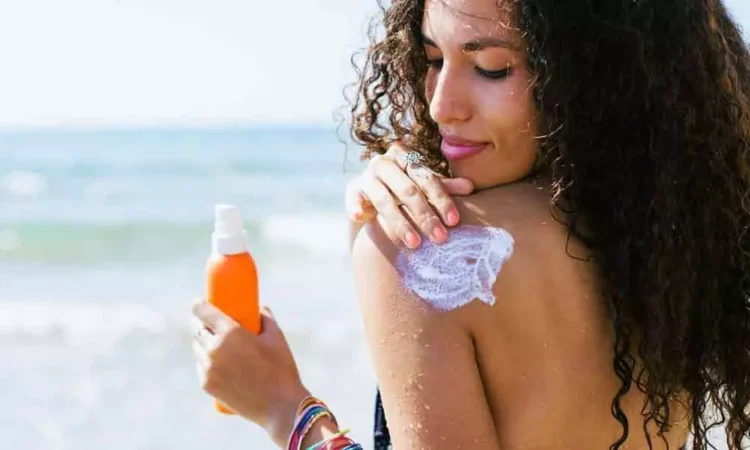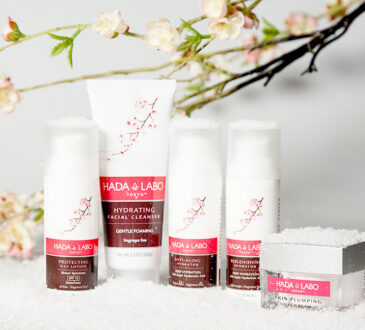
Sunlight and travel go along with UV radiation and skin damage. Whether you’re visiting busy metropolis jungles, loafing on Bali’s beaches, or climbing the Alps, picking and applying the right body sunscreen is unconditionally vital. Don’t only prevent sunburn; also, guard your skin from lasting damage to look and feel best. Realize how to shield yourself from hurtful radiation anywhere your wanderlust takes you.
Broad-Spectrum Protection
Not all sunscreens are alike. A “broad-spectrum” description suggests it protects against UVA and UVB radiation. UVB rays burn, whereas UVA rays age skin. Both can cause skin cancer. For daily protection, SPF 30 is directed, although high elevations and equatorial destinations require SPF 50 or greater. For sensitive skin, zinc oxide or titanium dioxide mineral sunscreens offer physical barricades.
Timing Is Everything
Sunscreen timing is important. For best absorption, apply most products 15–30 minutes before going outside. UV rays start attacking before you reach the beach or trail. Reapplication is essential. Ideally, every two hours, but more often if you’re sweating or swimming. Set a phone timer to avoid burns while having fun.
Visit These Places
Ears, back of neck, tops of feet, and behind knees are commonly overlooked by even the most careful travelers. Bald or thinning hair makes the scalp a sunburn hotspot. SPF lip balms protect sensitive mouth skin, and don’t forget your hands—they’re always exposed and age quickly. Complete sunscreening involves body awareness, not just visible areas.
Travel-Friendly Options Matter
Space in your bag is important. Fortunately, sunscreens come in travel-sized bottles, sticks, sprays, and wipes. Sticks work well on the cheeks, ears, and toes. Sprays cover rapidly but must be applied carefully to avoid dyes. Use leak-proof, TSA-approved packaging and wrap them in a plastic bag to avoid falls. Evade waste and diminish your load using solid formulations or reusable bottles.
Climate-appropriate sunscreen
Sunscreen in a humid rainforest may not function in a dry desert. Choose water-resistant formulas for humid tropical areas. In cool, windy places, use hydrating versions to avoid skin dryness. Mountainous places require greater SPF since UV exposure increases by 10% every 1,000 feet. UV rays penetrate clouded sky and snow reflects them, doubling exposure.
Layer clothing wisely
Your defense goes beyond sunscreen. Use protective gear for finest results. Long-sleeved UV-blocking clothing, wide-brimmed hats, and UV-filtering eyewear protect you without taking up much luggage space. Airflow and skin protection are achieved with loose, breathable materials. UV protection is usually better in darker colors. When in doubt, hold fabric up to a light—UV rays can undoubtedly get through.
Traveling should bring back memories and images, not sunburns and regrets. A good body sunscreen and careful use can make all the difference. Glowing, sun-free skin is the ideal trip souvenir.




